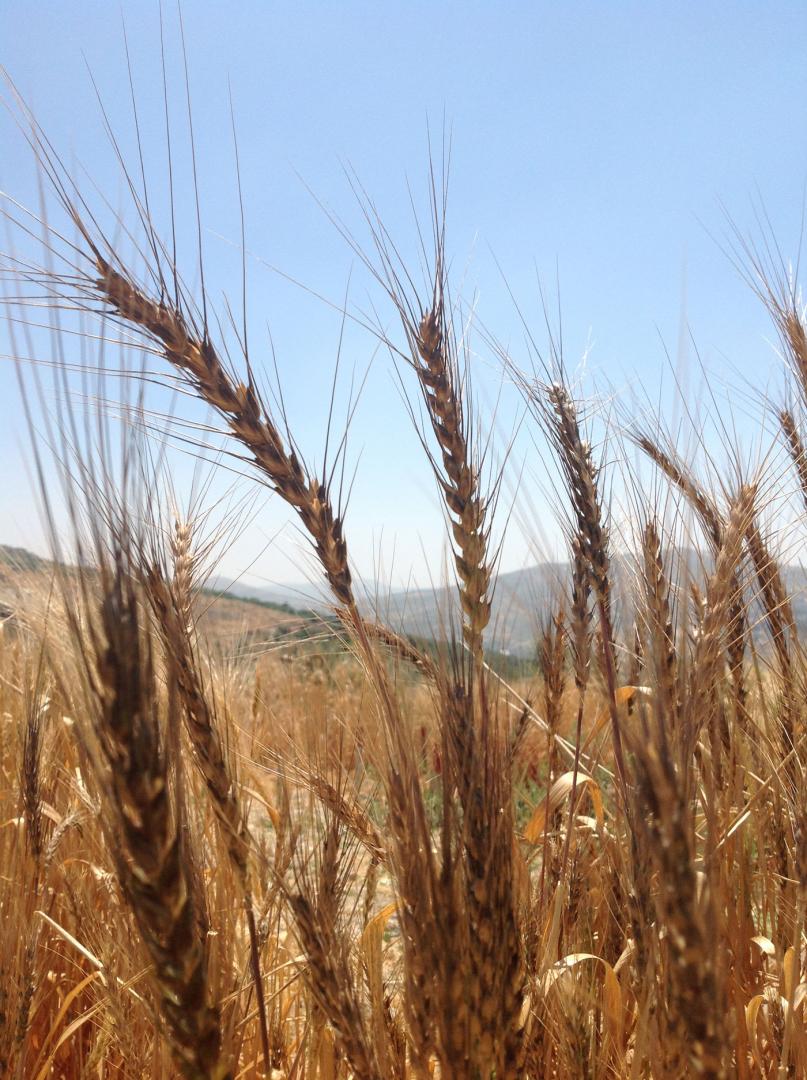Our scientific vision is to document and understand Palestine plant and fungal diversity and its uses, bringing authoritative expertise to bear on the serious challenges facing local populations today.
A Palestine and global resource for plant and fungal diversity and related biotechnology knowledge

BERC's Science Strategy 2019-2025
The core purpose of BERC’s science stems from a simple truth: all our lives depend on plants.
Strategic priorities
We have three strategic priorities:
- To document and conduct research into Palestinian plant and fungal diversity and its uses for humanity.
- To support the protection of the environment by encouraging the sustainable use of environmental resources.
- To disseminate our scientific knowledge of plants and fungi, maximizing its impact in science, education, conservation policy and management.
Strategic outputs:
In addressing these priorities, we will achieve the following strategic outputs:
- Science in BERC
- Training the Next Generation of Plant and Fungal Scientists
- Plants of Palestine Online portal
- State of the Palestine’s Plants
- TAPHM Plants Portal
- Digitizing the Collections
Our institutes and departments
These outputs will be led by multidisciplinary teams and will be facilitated by the structure of BERC’s Science Directorate consisting of 4 research departments supported by the Office of the President.
The research institutes and departments are:
- Biodiversity and Biotechnology Institute (BBI)
- Conservation Science Department (CSD)
- Botanic Gardens Unit (Til-BGs)
- Collections Unit (CU): Seed bank and Herbarium
- Sustainable Agriculture Department (SAD)
- Conservation Science Department (CSD)
- Traditional Arabic Palestinian Medicine Institute (TAPMI)
- Ethnobotany and Ethnopharmacology Department (EED)
- Bio-Exploration Unit (BIOX-U)
- Ethnobotany and Ethnopharmacology Department (EED)
- Environmental and Engineering Technology Institute (EETI)
- Water and Wastewater Treatment and Reuse Department (WWTRD)
With this new vision and strategy, we aim to make our scientific resources a national and global asset, bringing benefits to science, conservation policy and education worldwide.
